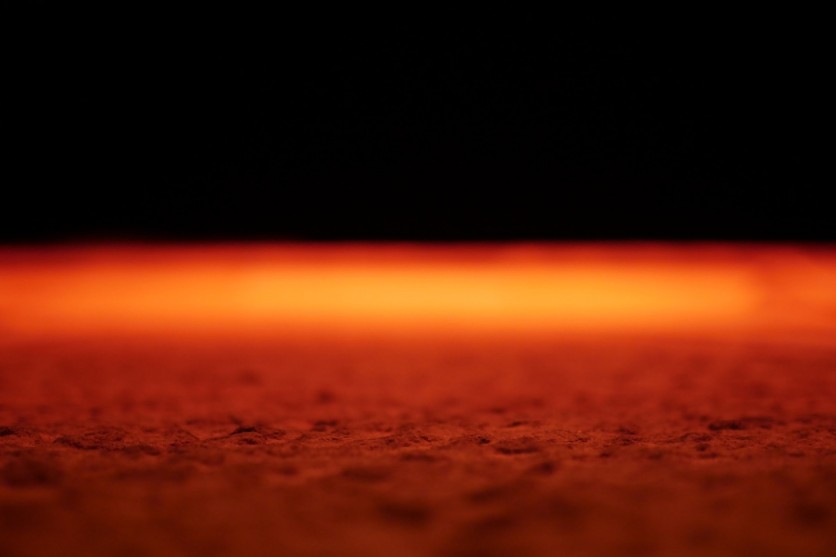Mars is often mistaken as a hot planet from the beginning due to its iron-rich soil with rusty-red color. It suggests that its temperature is quite similar to the Earth, but in reality, it was quite cold in the region in the past.
NASA says in its latest update that the Mars Reconnaissance Orbiter has captured some evidence of ice formation on the surface of the red planet.
Mars-Orbiting Satellite Snaps Photo of Flowing Ice

Using the High-Resolution Imaging Experiment (HiRISE), NASA was able to capture an image that appears to be an "icy flow" on the dry planet.
As the HiRISE team explains, what NASA is using is the "most powerful camera sent" to another planet." The discovery also hints that the frozen ice is not only limited to the freezing poles on Mars.
"The surface of Mars is littered with examples of glacier-like landforms. While surface ice deposits are mostly limited to the polar caps, patterns of slow, viscous flow abound in many non-polar regions of Mars," Mike Mellon, HiRISE project's co-investigator explains.
Related Article : NASA's Martian Rockets Pass Crucial Tests, Paving Way for First Mars Sample Return Mission
Slow Movement of Ice Tends to Form Inside Craters
As the researchers say, the icy formation has a slow movement towards a rocky debris fund inside craters and even valleys. As Mellon says, the ice appears to be taking the shape of the space between the landscape. It flows down to the soil, rock, and the subsurface of the red planet
Mellon adds that the flowing of the ice is gradual since it could take years before it creates a glacier-like landform. This might mean that Mars was once a freezing planet.
The team says that the geologic activity of the rocks on the planet is still ongoing, yet it's getting washed away as the flow continues.
If Mars is once an icy planet, then this could open questions if it's also a water world. This information can give scientists some signs that the planet was full of lakes and other bodies of water in the past.
Should all of these happen, then the Jezero Crater on Mars could be home to the earliest lifeforms that are still being studied by scientists.
Mars Reconnaissance Orbiter Sees Polka-Dot Formation in Sand Dunes
Back in March, NASA's orbiting spacecraft captured an interesting photo of sand dunes that seemed to be polka dots in shape.
Again, it was made possible by the HiRise camera from the team. The space agency said that the purpose behind this discovery is to monitor the erratic changes in frost coverage.
The MRO has been around since 2006 and it's freely operating on the Martian surface in search of an amazing object of study in the field of geology. Perhaps, it won't stop in its mission until the team finds clear proof of how Mars looked billions of years ago.

![Apple Watch Series 10 [GPS 42mm]](https://d.techtimes.com/en/full/453899/apple-watch-series-10-gps-42mm.jpg?w=184&h=103&f=9fb3c2ea2db928c663d1d2eadbcb3e52)



